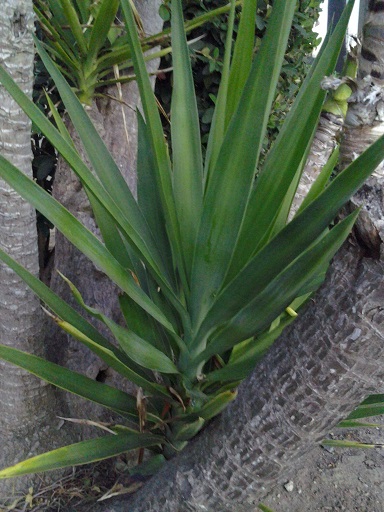UNITED STATES—So many plants that were difficult to obtain years ago are now much more available online. The internet does more than give everyone access to nurseries and seed suppliers that sell online. It also makes it possible to communicate with others who might want to share plants and seeds from their own gardens. The advantages are obvious, but there are innate problems with so many plants being too available.
Before humans started to relocate plants all over the world, plants were much more confined to certain regions. Once relocated to new regions, some plants naturalized and became problematic for the plants that were already there. Exotic (non-native) plants often had the advantage because pests that troubled them back home had not come with them.
For example, pampas grass had been confined to the Pampas region of South America. It was imported to California and Oregon because its fluffy flowers and graceful texture are so appealing. The problem now is that it naturalized, and continues to proliferate and crowd out native plants in coastal ecosystems, without natural pathogens to slow it down. The availability of so many more plants from so many more regions seriously increases the potential for the importation of invasive exotic plants, as well as plant diseases and even insects!
Another potential problem is that common names of plants can be very different in different regions. Now, this can be an advantage when seeds from a common yucca in Lubbock, Texas might actually be from the very uncommon plains yucca (Yucca campestris, which I recently purchases on Ebay!). The problem is that the yucca known as ‘Adam’s needle’ in Georgia may be a completely different species from what is known as such in Pennsylvania,
Oklahoma or anywhere else. A plant described as a ‘mimosa’ could be a silk tree, a jacaranda tree, or any of several different acacia trees!
Highlight: giant yucca
Like so many of the plants that became too trendy at one time or another, giant yucca, Yucca elephantipes, had gotten a bad reputation. Some people still consider it to be cheap and common. The real problem though, is that some of the countless giant yuccas planted over the years went into situations that can not accommodate their massively distended trunks. Only a few of the largest specimens are taller than a two story house, and not many get broader than tall. However, their several sculptural trunks are remarkably bulky and flared at the ground.
The somewhat rigid and narrowly pointed leaves can get as long as three feet, and as wide as three inches. Foliage is typically slightly yellowish green, or richer green and a bit floppier in partial shade. Spikes of white flowers that bloom in spring are tall enough to stand just above the foliage, but are usually too high up to be too flashy. Individual flowers are actually only about an inch and a half wide. The bold form and texture of giant yucca work will with other bold plants like giant philodendron, various agaves and various cacti. Shoots and stems of any size that need to be pruned away can be stripped of lower leaves and ‘planted’ wherever new plants are wanted. They only need to be watered regularly until they develop roots like really big cuttings.






